KEEP UP WITH OUR DAILY AND WEEKLY NEWSLETTERS
PRODUCT LIBRARY
designboom is presenting the sound machines of love hultén at sónar festival in barcelona this june!
connections: 74
with behemoth installations, scandinavia's largest exhibition of anish kapoor's works opens at ARKEN museum.
connections: +390
a powerful symbol of the house’s cultural heritage, the jockey silk with colorful geometric motifs is an inspiration for leather goods and textiles.
connections: +670
we're getting ready for the pre-opening launching today until friday, with public access scheduled for the 20th.
connections: 13
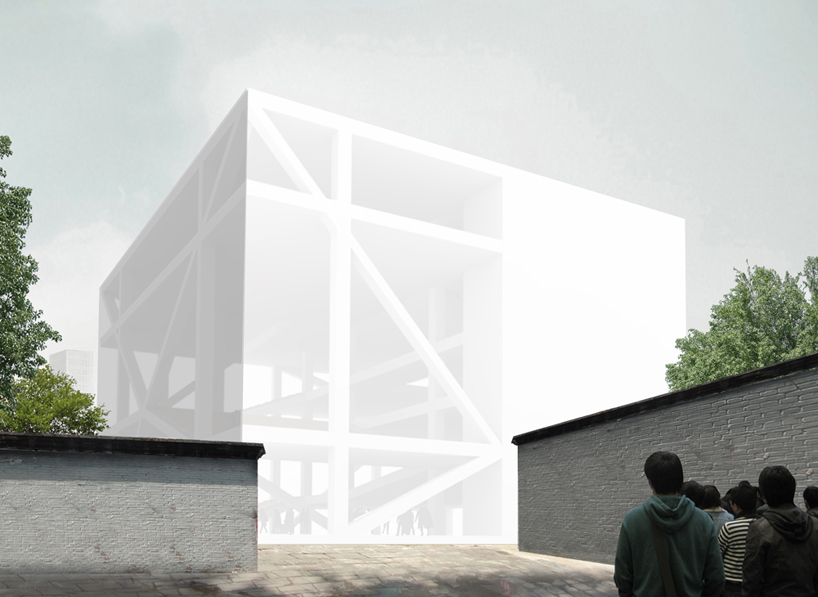
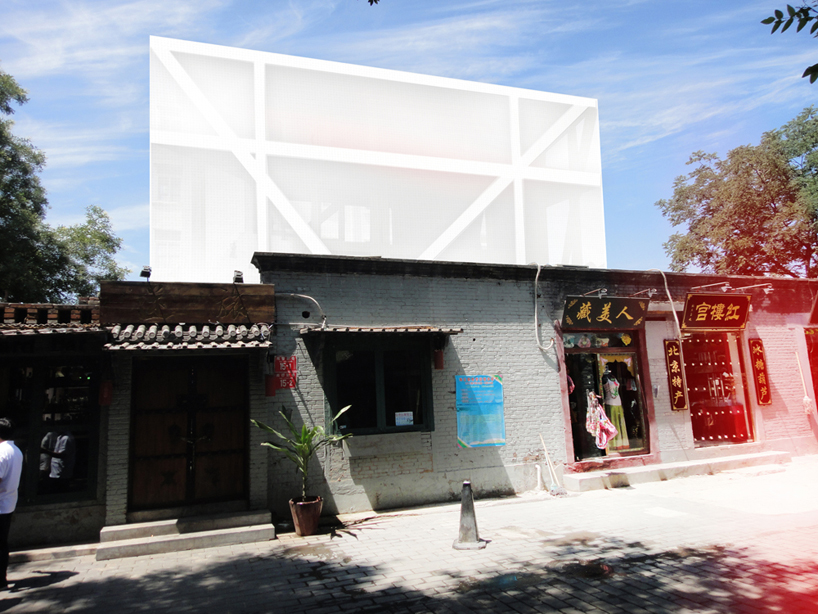 view at day back alley
view at day back alley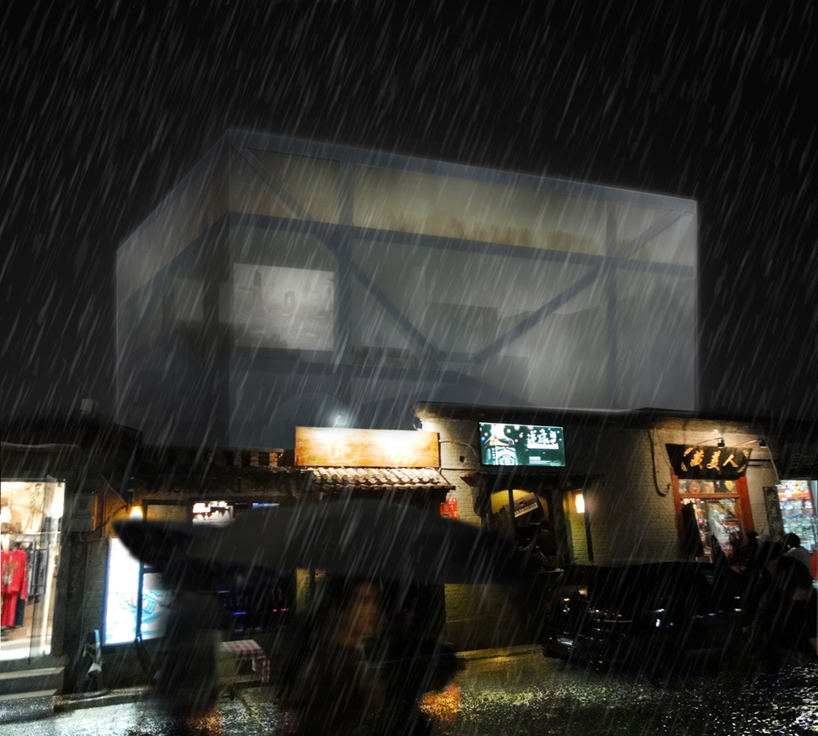 view at night
view at night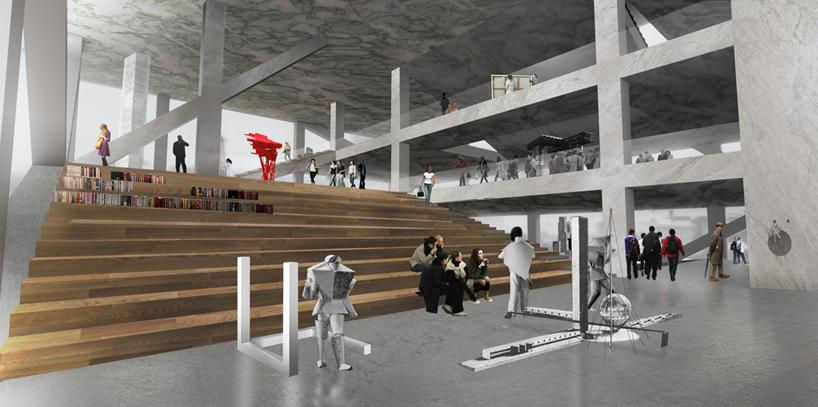 lecture and performance hall
lecture and performance hall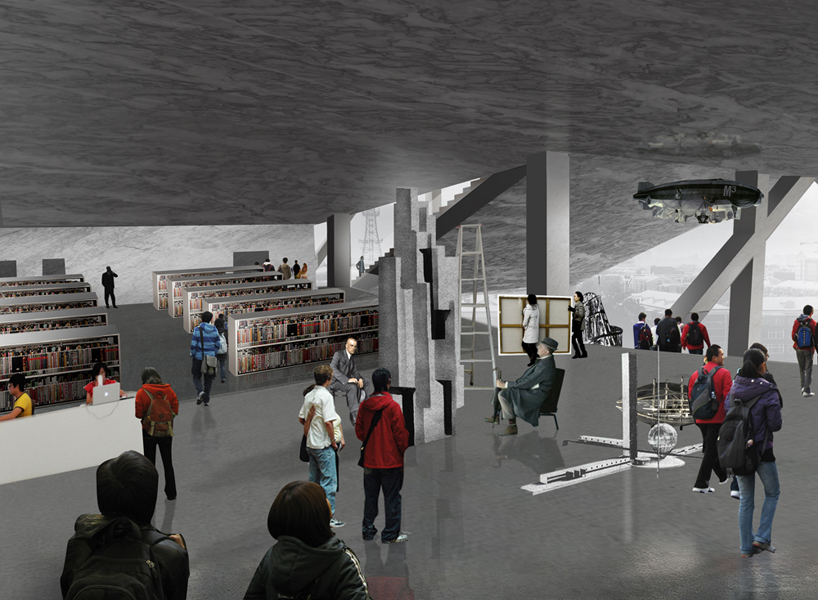 workshop and library
workshop and library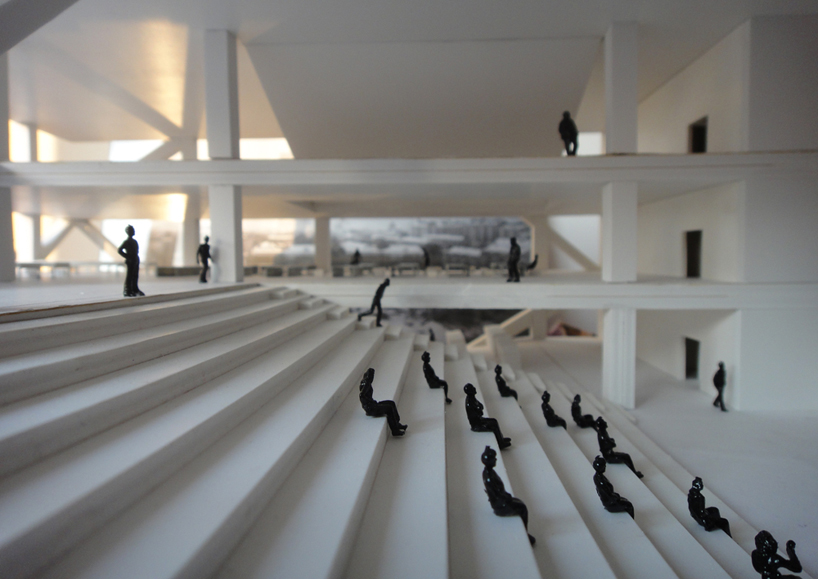 model lecture and performance hall
model lecture and performance hall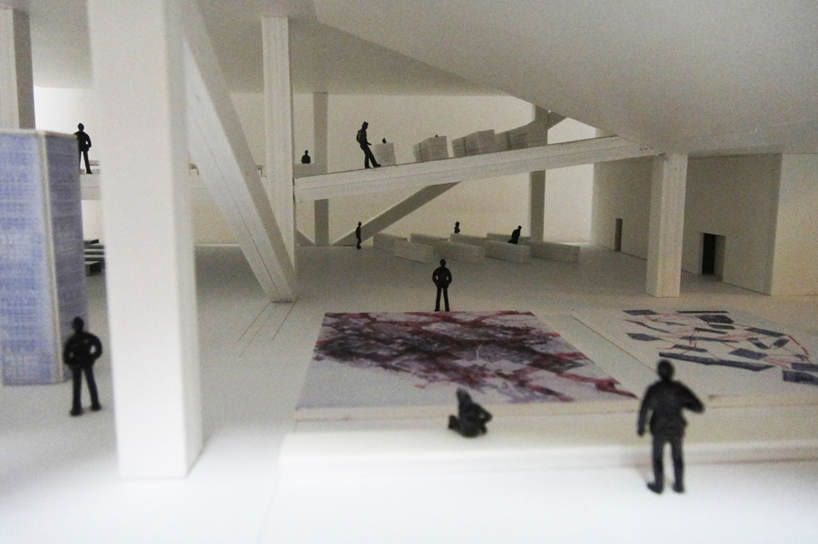 model lobby
model lobby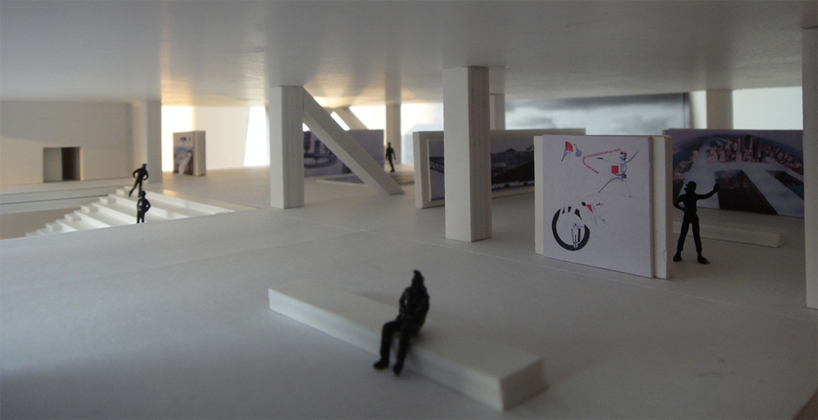 model exhibition
model exhibition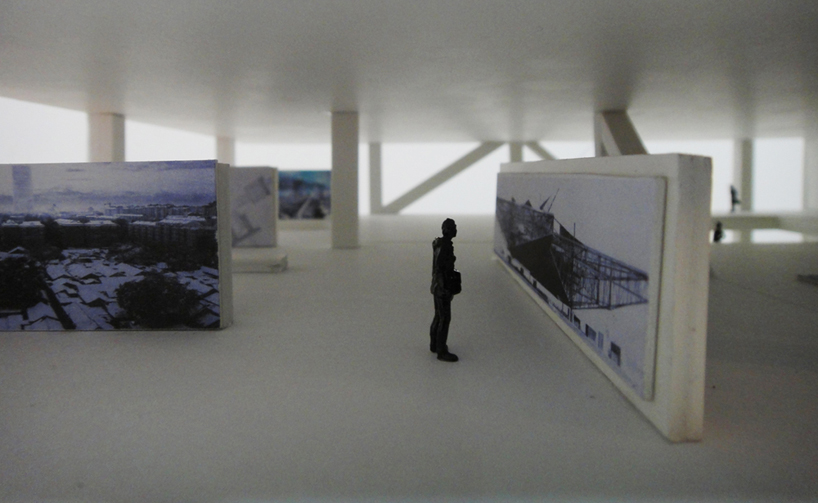 model exhibition
model exhibition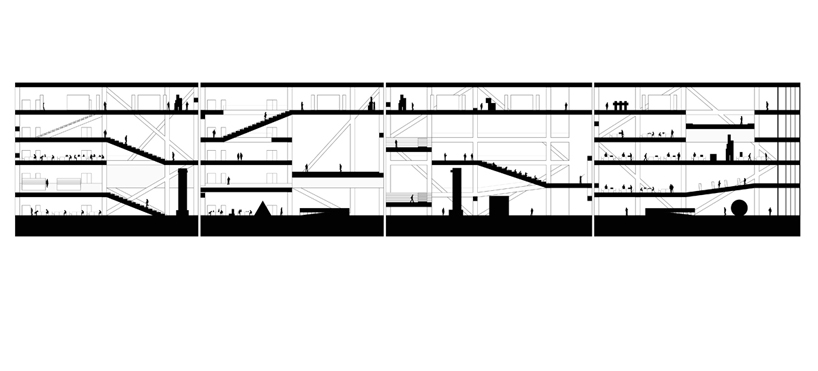 sections as cadavre exquis
sections as cadavre exquis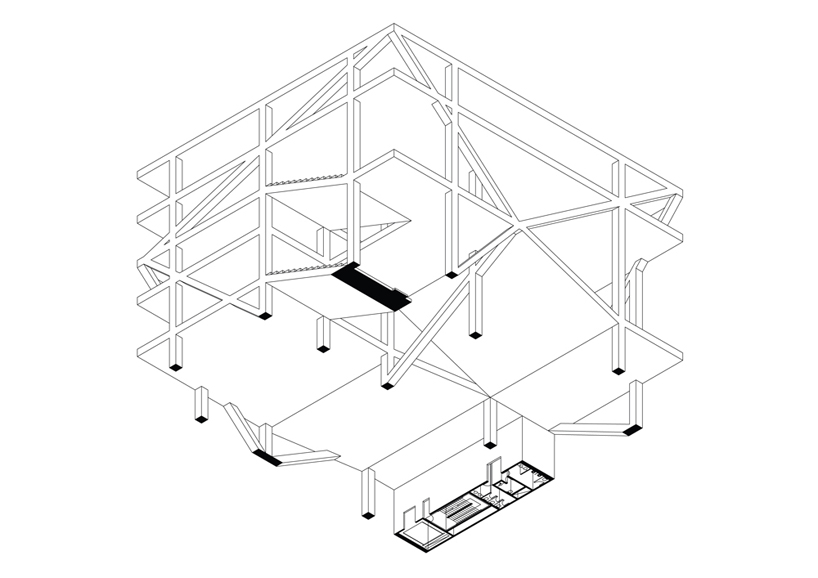 inverted axon
inverted axon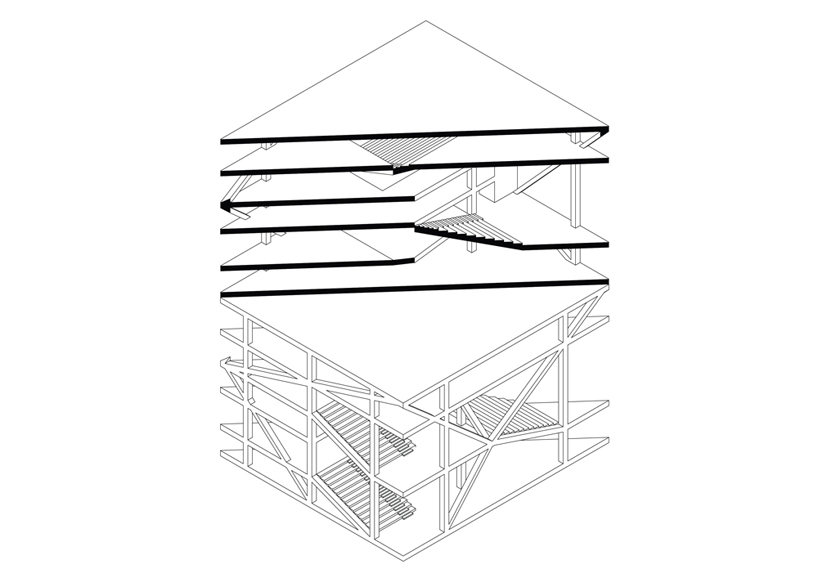 sectional axon
sectional axon


